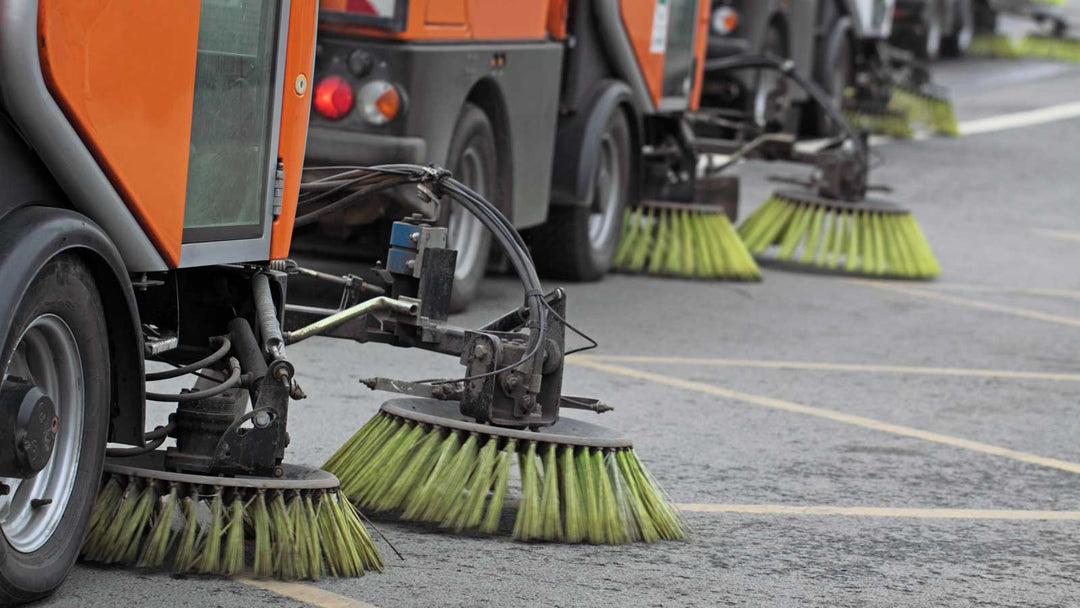How to Properly Tension and True Your Spokes
How to Properly Tension and True Your Bike Spokes
Introduction
For avid cyclists, a smooth ride is often the result of well-maintained equipment. Among the key components requiring regular checks and adjustments are the bike's spokes. Properly tensioned and trued spokes ensure your wheels are strong, stable, and efficient. In this guide, we'll walk you through the steps to tension and true your bike spokes, helping you maintain optimal performance and longevity of your wheels.
Understanding Spoke Tension and Truing
What is Spoke Tension?
Spoke tension is the force exerted by the spokes in a bicycle wheel. Correct tension is crucial for wheel durability and functionality. Too much tension can lead to rim or spoke failure, while too little can cause the wheel to become unstable.
What Does Truing a Wheel Involve?
Truing a wheel involves adjusting the tension of the spokes to ensure the wheel is perfectly round and aligned. This process is essential for balanced riding and to prevent unnecessary wear on the wheel.
Tools You Will Need
- Spoke wrench: Choose the correct size for your spokes.
- Truing stand: For holding and spinning the wheel.
- Dial indicator or feeler gauge (optional): For precision.
Step-by-Step Guide to Tensioning and Truing Spokes
1. Remove the Wheel: Detach the wheel from your bike and mount it on a truing stand.
2. Inspect the Wheel: Spin the wheel to check for obvious bends or wobbles.
3. Adjust for Lateral True:
- Identify high spots and low spots as the wheel spins.
- Tighten spokes to pull the rim towards the needed direction. Turn the spoke wrench clockwise to tighten.
- Loosen the opposite spokes if necessary, by turning counter-clockwise.
4. Check for Radial True:
- Look for spots where the rim moves closer or farther from the hub.
- Adjust the spoke tension to even out these discrepancies.
5. Measure Spoke Tension:
- Use a spoke tension meter to check the tension of each spoke.
- Adjust to ensure all spokes have uniform tension and are within the manufacturer's recommended range.
6. Final Checks:
- Spin the wheel to ensure it is free of wobbles and hops.
- Reinstall the wheel and perform a road test.
Common Mistakes to Avoid
- Over-tightening Spokes: This can lead to rim damage or spoke breakage.
- Ignoring Alternate Spoke Patterns: Always adjust spokes in alternating patterns for even tension.
- Rushing the Process: Take your time to achieve precise adjustments.
Conclusion
Tensioning and truing your bike spokes are vital skills that enhance your bicycle's performance and safety. Regular maintenance will not only extend the life of your wheels but also improve your riding experience. With practice, these adjustments can be done at home, saving you trips to the bike shop.
> "A well-tuned bike is a joy to ride. Keep your wheels in top shape for the best performance."
Remember to check your wheel's true and tension regularly, especially if you frequently ride in rough conditions. Happy cycling!
Looking to learn more about bike maintenance? Check out our other detailed guides and tips for keeping your bike in peak condition!






